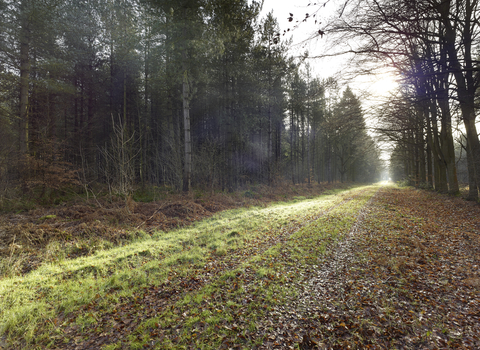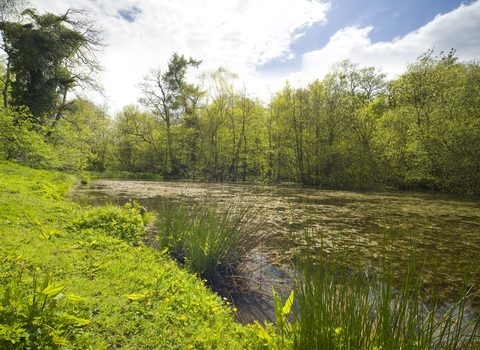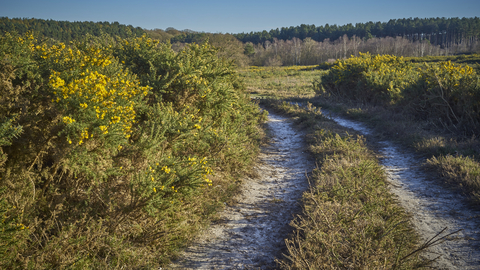
Holt Lowes (credit: Richard Osbourne)
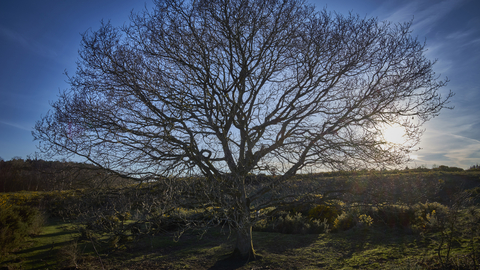
Holt Lowes (credit: Richard Osbourne)
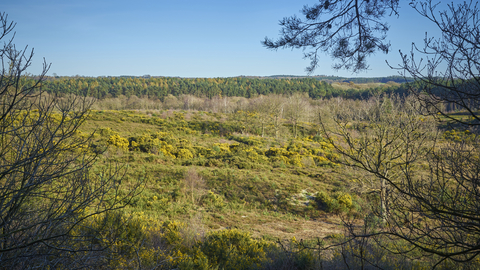
Holt Lowes (credit: Richard Osbourne)
Holt Lowes
Location
Know before you go
Dogs
When to visit
Opening times
Dawn till dusk, every day, all year roundBest time to visit
All year roundAbout the reserve
A peaceful place for a stroll at any time of year; follow the sandy footpaths that criss-cross a mixture of habitats, including woodland, and both dry and wet heathland.
Holt Lowes is managed by NWT in partnership with the owners, Holt Lowes Trustees. The site is best known for its array of interesting plant species and is also excellent for butterflies. However, its speciality is dragonflies with tens of species recorded, including the keeled skimmer.
In early spring, listen for the beautiful song of the woodlark. In summer, the reserve is splashed with colour, and hums with countless insects. A twilight stroll may be rewarded with views of the elusive and strange nightjar.
The many patches of gorse thicket are dotted with yellow flowers in winter, which is also when delightful flocks of dainty linnet are flitting from bush to bush.
The reserve’s real glory is the number of scarce plants, these include marsh fragrant orchid, eyebright, marsh fern, and lesser skullcap.
Habitat
Contact us
Environmental designation
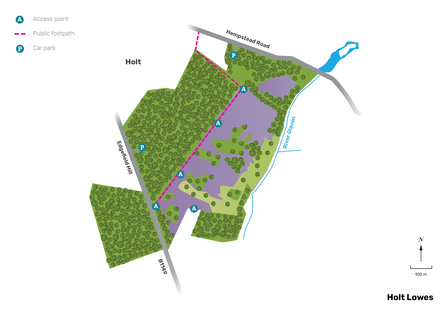
Illustrated map of Holt Lowes.
Spring
Birds: woodlark.
Reptiles: slow-worm, adder.
Summer
Birds: nightjar.
Insects: keeled skimmer.
Plants: common dodder, Pugsley’s marsh orchid.
Autumn
Insects: bog bush cricket.
Plants: round-leaved sundew.
Winter
Plants: common wintergreen, common gorse.

